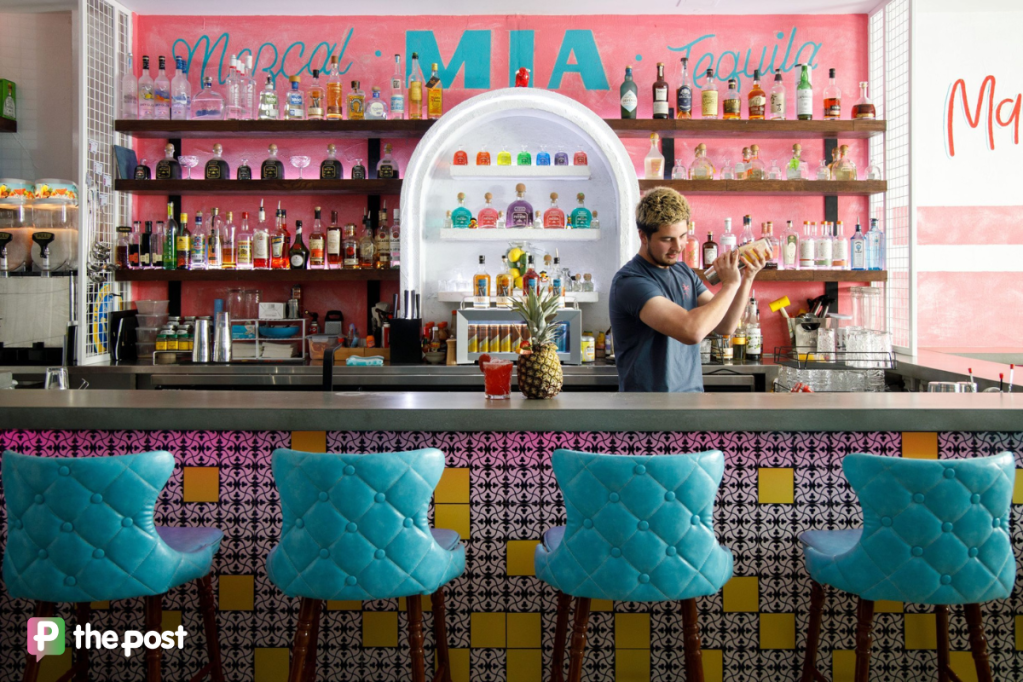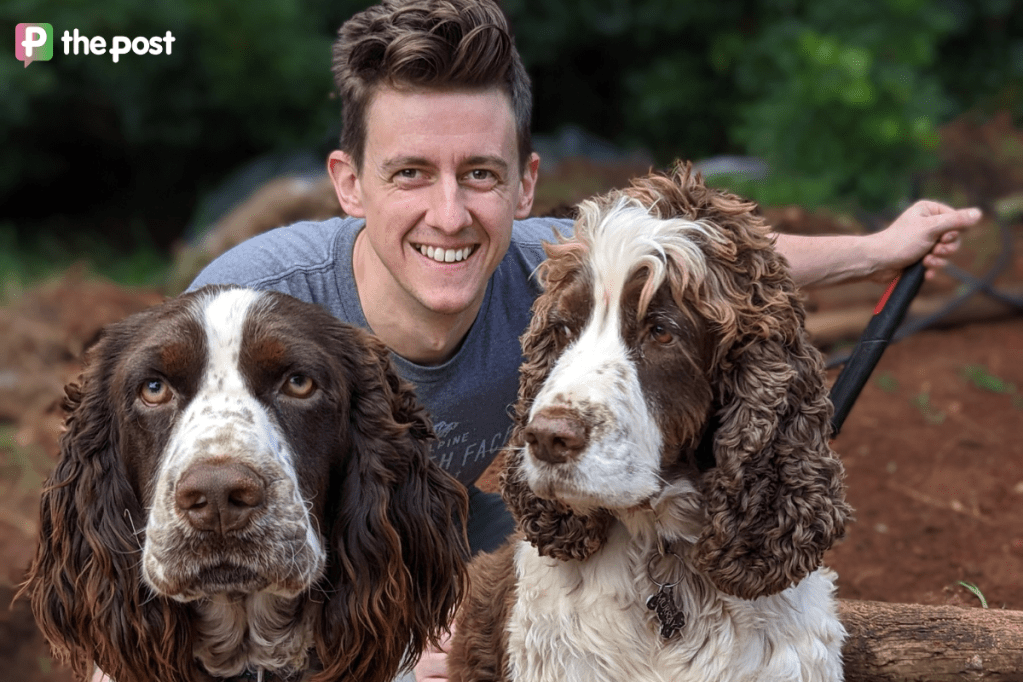WAX Design’s playful risk pays off

The non-traditional skills and experiences that landscape architecture firm WAX Design bring to their new passion – designing playgrounds – have seen the result quickly becoming a key part of the city.
WAX’s decision to switch from its usual landscape architecture work to do a major playspace has paid off in a big way, seeing the firm pocket a major award.
The resulting Bonython Park Playground won the InDaily DESIGN / City of Adelaide Prize at this year’s Australian Institute of Architects SA Awards.
WAX architects Warwick Keates and Amanda Balmer have got plenty of global experience in residential and commercial landscaping projects and enlisted collaborator and playground expert Ric Mcconaghy to help with the project.
Balmer and Keates took some time out this week to talk to InDaily DESIGN about creeping urbanisation, community, and how playgrounds can and should work better.
How did WAX start designing play spaces for children?
You might like
We’ve worked on numerous schools, childcare centers and small playspaces and reserves prior to our first collaboration with Ric Mcconaghy at Wombat Waterhole at Hazelwood Park. The design of the project focused on an all-abilities playspace of regional significance that provides a diverse range of physical, explorative, interactive and imaginative play opportunities and draws upon the surrounding parklands. The playspace uses a variety of equipment, play elements, materials and art pieces, which combine to create a unique experience for children of all ages, whilst offering comfort and engagement for parents and carers.
In a world where children live in increasingly urban environments, what can design offer to children’s lives and development?
Our projects highlight the role of play within our urban environments, demonstrating how playspaces have the potential to engage, deliver community value, educate and build independence and resilience within our children. They empower children to evaluate their own abilities and measure risk and other life skills that they are able to develop and test within the playspace and take forward into their developing lives.
As modern society becomes increasingly urbanised, the role of open space will increase. The projects demonstrate the community benefit that can be delivered by a well-designed, high quality playspaces. Creating a place for congregation and interaction that is free to the community and provides the opportunity for greater social inclusion, irrespective of social or economic influences.

What do you feel a play space ads to a community and what are your thoughts about its role in urban renewal?
From a social sustainability aspect, the playspace has significantly increased the community value of the Bonython Park and wider residential areas. A destination of regional importance has been created that promotes community interaction and engagement and is demonstrated by more than 200 visitors daily since its opening in 2010.
Stay informed, daily
The playspace was intended to reconnect and rejuvenate existing infrastructure including the sandpit, kiosk, totem and the Adelaide Parklands Trail, yet it has gone far beyond this original brief, becoming a regional destination that demonstrates the contemporary potential of the Parklands for the City of Adelaide.

What are the main differences between today’s play spaces and the permapine-and-steel versions of Australia’s past?
Playgrounds and the understanding of children’s play needs have advanced in recent years, as has awareness among planners and designers of just how imaginative the playspaces we provide for can be. We are conscious of the limited play opportunities provided by typical playground provision as well as the poor accessibility that most traditional playground equipment provides. Our projects offer opportunities to create unique play experiences that provide all who choose to visit a comfortable and secure environment. It is critical to provide a diversity of feels between individual nodes of play including active and explorative play that is reflective of individual age ranges, abilities and aspirations. Within a playspace there needs to be a number of distinct spaces focused on different types of play accessible at some level to all children. The design must ensure not just physical access to the site, but genuine access to a wide range of interactive experiences.
Do you have any projects in development?
We are currently working on a small playspace for the City of Norwood, St Peters and Payenham but we are also looking forward to the next challenge and opportunity to push the boundaries of natural play integration further.

What do your two children think of the playspaces you’re building?
They often get to ‘road test’ our playspaces and provide valuable feedback, as well as being taken to many site visits to other playspace both within Australia and overseas to critique their play value.








